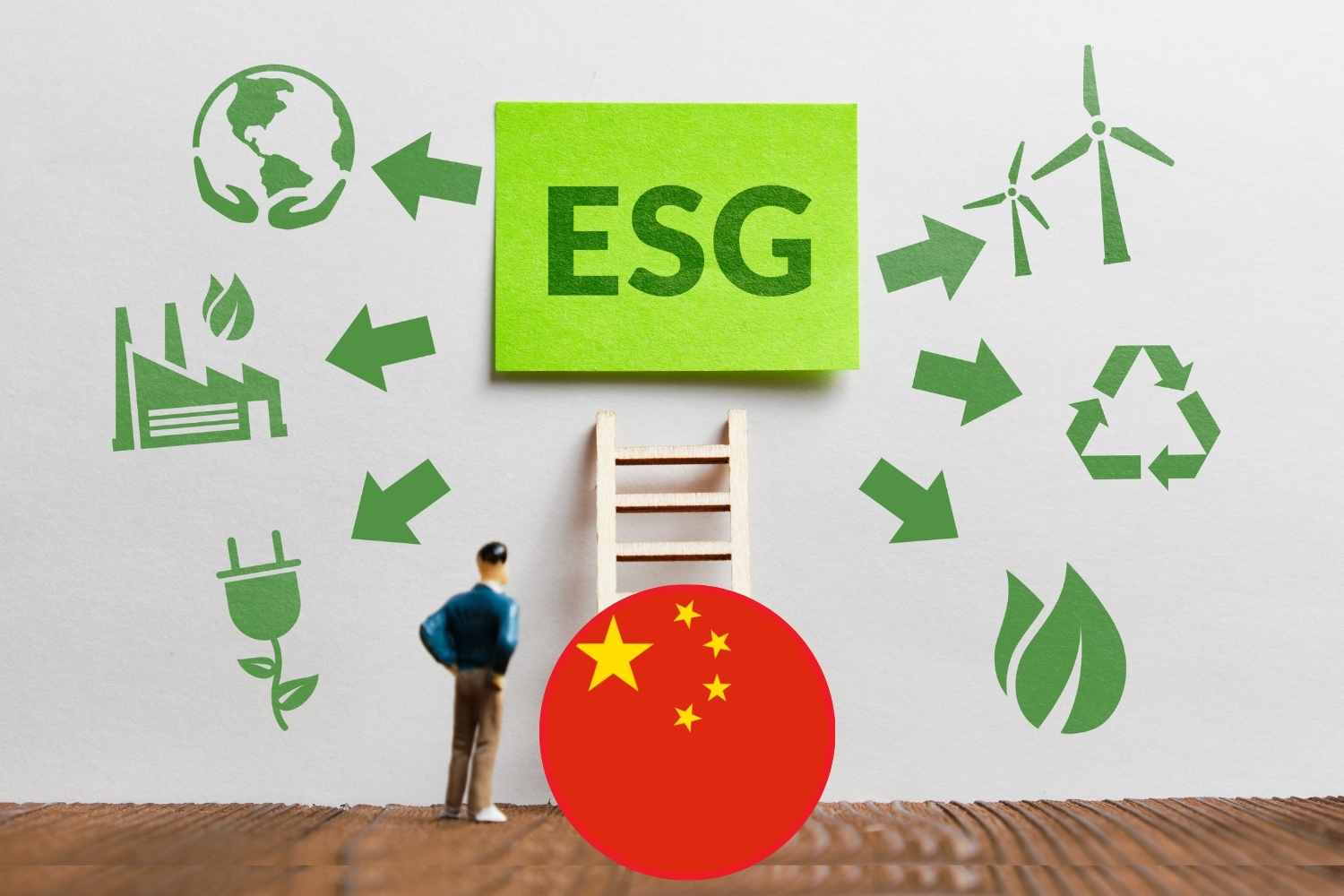China updates its green finance rules, expanding sustainable sectors and aiming to drive more capital toward decarbonization, but challenges in clarity and policy incentives remain.

@Canva
In a bold step toward its climate goals, China is turning to its most powerful lever: financial regulation. With a move likely to ripple through global markets, Beijing has updated its “green taxonomy”, the classification system that defines which economic activities can be considered sustainable and therefore eligible for dedicated financing. The goal? Streamline the system, cut costs, and—crucially—channel more capital into decarbonization.
Starting in October, China will roll out its new unified “Catalogue of Green Finance-Supported Projects”, replacing two separate lists that were previously used for loans and bonds. This consolidation eliminates a bureaucratic tangle that had long frustrated banks and financial institutions. More than just a technical fix, the update marks a strategic effort to close the gap between climate finance and the real economy.
As Xie Wenhong, China Program Manager at the Climate Bonds Initiative (CBI), points out on ESG News, “A long-standing problem—both in China and globally—is that the financial sector often leads the real economy in its ambition to go green, but may struggle to effectively support the real economy’s transition.” The new framework is designed to bridge that divide with greater precision.
New sectors, new signals
The most notable shift in the taxonomy is its broader scope. For the first time, the catalog explicitly includes projects aimed at reducing methane emissions and climate resilience initiatives—an acknowledgment that climate strategy must go beyond CO₂ alone.
Another long-awaited inclusion: passenger rail transport, a cornerstone of low-carbon mobility. Its formal recognition as a “green” sector follows years of advocacy by groups like the CBI.
But perhaps the most forward-looking changes lie in the taxonomy’s new frontiers: green trade and green consumption. Green trade will promote the import and export of clean technologies and energy-efficient equipment, potentially boosting international cooperation and industry standards.
Green consumption, meanwhile, could prove even more disruptive. By encouraging consumer demand for sustainable goods, it opens the door to new financial products—from green mortgages to eco-friendly consumer loans. According to Xie, this shift “could lower costs for consumers, incentivize producers, and spur innovation.”
The challenges ahead
Not everyone is ready to celebrate just yet. While experts like Ting Su, a researcher at the World Resources Institute, call the update a “milestone,” some key issues remain. Chief among them: clarity.
“There needs to be greater clarity for market players on how to deal with ambiguity to avoid double-counting,” Su warns. With many overlapping standards already in circulation, ensuring that the new taxonomy fits cleanly into the financial ecosystem will be no small task.
And then there’s politics. Unlike in more mature markets, China’s “green premium”—the financial upside of going green—remains limited. That means investor appetite for green projects might not be enough to fuel rapid growth on its own. As Su notes, “Creating policy incentives based on the catalogue will play a key role in stimulating the market.”
Policy meets potential
This overhaul of China’s green taxonomy is not just an administrative update; it’s a calculated bet on the power of finance to shape the future. By aligning capital markets more closely with climate goals, Beijing is trying to turn abstract ambitions into measurable outcomes. But if the potential is to be unlocked fully, regulation must be matched with targeted policy action and political will.
Still, it’s hard to ignore the momentum. From methane to mortgages, China’s green finance landscape is evolving fast—and pulling much of the world along with it.
